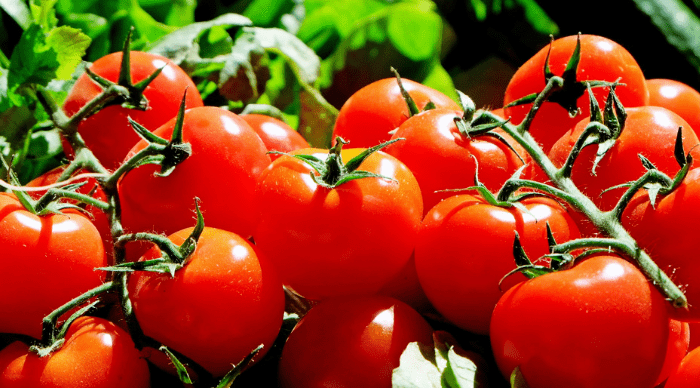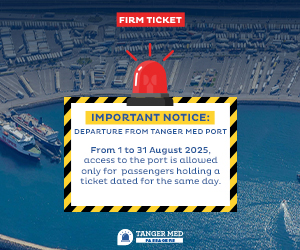Moroccan tomato exports to Denmark are rising steadily, signaling a shift in the Scandinavian country’s import landscape. While Denmark still receives most of its tomatoes from the Netherlands and Spain, Moroccan shipments increased from less than 1% in MY 2021/22 to over 5% in the first ten months of the current marketing year, East Fruit reported.
Revenue from tomatoes account for more than 25% of Morocco’s foreign currency earnings from fruit and vegetable exports. Unlike France, the UK, and the Netherlands, Denmark is not among Morocco’s top destinations. However, its growing share reflects the kingdom’s broader strategy to diversify markets.
Moroccan tomatoes are now shipped to Denmark on a monthly basis, with no fixed seasonal patterns. In MY 2022/23, peak exports occurred in February. In MY 2023/24, the peak occurred in April. October was the lowest in the 2022/23 season, but in the current season, October export volumes reached a record high, showing clear momentum.
For the last two years, Morocco has been the only non-European tomato supplier to Denmark. In a market where total tomato imports are declining, Morocco’s expanding presence is significant. With current growth rates, Moroccan exports are on track to surpass Italy’s volume and put Morocco among Denmark’s top five suppliers for the first time.
France, Germany, and Italy remain key competitors, but Morocco is closing the gap. The upward trend is not limited to Denmark. In the current marketing year, Morocco also set a new record for tomato exports to Norway, underscoring the potential of the broader Scandinavian market.
Beyond tomatoes, Morocco exports canned and pickled vegetables, almonds, watermelons, and—starting this marketing year, strawberries to Denmark. The increase in diversified produce exports positions Morocco as a rising player in Europe’s agri-food trade.

